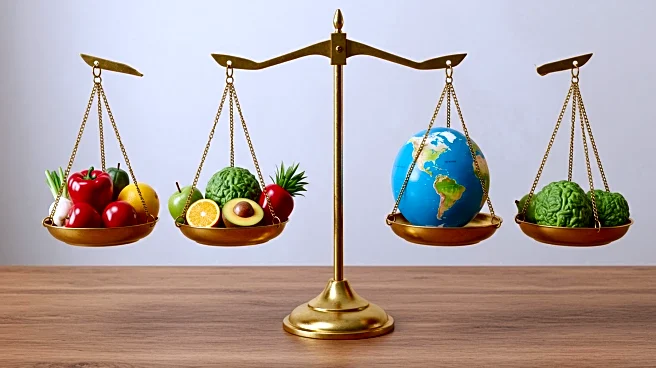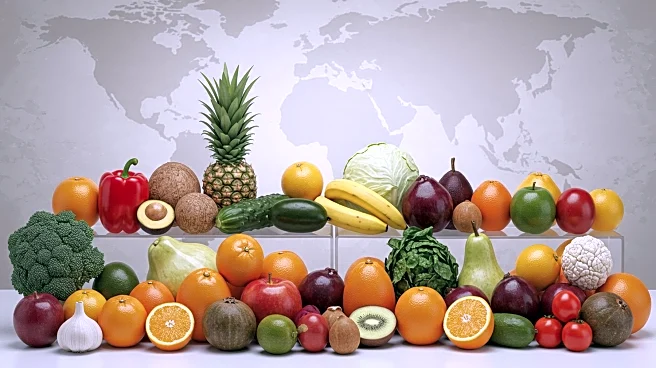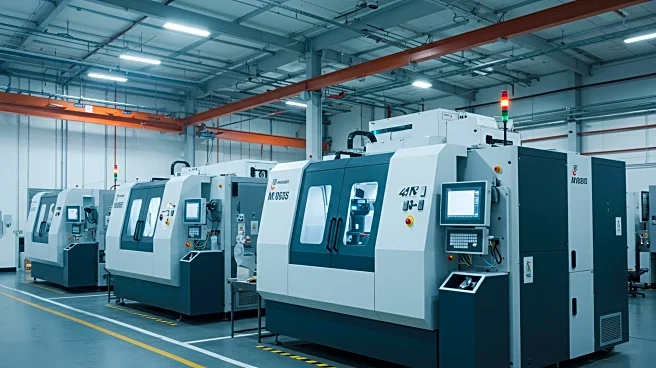What's Happening?
In 2025, U.S. agriculture tariffs continue to play a significant role in shaping global trade dynamics and domestic farming economies. These tariffs, essentially taxes on imported agricultural goods, are at the forefront of international negotiations and policy debates. They aim to protect domestic farmers by raising the price of foreign competition, stabilizing prices, and promoting local production. However, tariffs also increase costs for farmers who rely on imported inputs, trigger retaliatory measures from trading partners, and disrupt supply chains. The U.S. government uses tariffs as leverage in trade agreements, with recent applications on crops like soybeans, corn, and wheat, and livestock products. The tariffs are increasingly tied to sustainability standards, rewarding goods produced under strict environmental conditions. Retaliatory tariffs from countries like China continue to pressure U.S. farmers and exports.
Why It's Important?
The impact of tariffs on agriculture is profound, affecting farmers, producers, and local economies. While tariffs protect domestic producers by making imported goods more expensive, they also raise input costs, erode profit margins, and affect affordability for consumers. Retaliatory measures from major partners like China and the EU hurt U.S. export volumes, and market volatility makes it difficult for stakeholders to plan for production and investment. Globally, tariffs influence trade relationships and international politics, with developing countries facing high tariffs from developed nations, affecting rural economies. Nations dependent on imported food are exposed to greater risks as tariffs rise, impacting food security. Technological solutions like satellite-based monitoring and AI-driven advisory help farmers mitigate some negative impacts of tariffs.
What's Next?
Looking ahead, tariffs in agriculture will remain a critical factor in the marketplace. Technology will play a key role in helping farmers buffer against higher input costs due to tariffs. Blockchain and traceability systems will become essential for exports, and incentive-based tariff reductions for goods produced through certified sustainable practices are likely to grow. The World Trade Organization will continue to balance protective tariffs with commitments to open trade. Ongoing risks include retaliation, market volatility, and political changes, necessitating resilience in supply chains.
Beyond the Headlines
Tariffs in agriculture not only affect domestic outcomes but also shape global markets and trading relationships. They are tools for broader geopolitical objectives, with trade becoming a bargaining chip in negotiations over technology and defense. Sustainability tensions arise as some policy shifts tie tariffs to sustainability metrics, impacting which goods can move freely. Innovation and diversification are increasingly necessary to mitigate risks of tariff instability.











